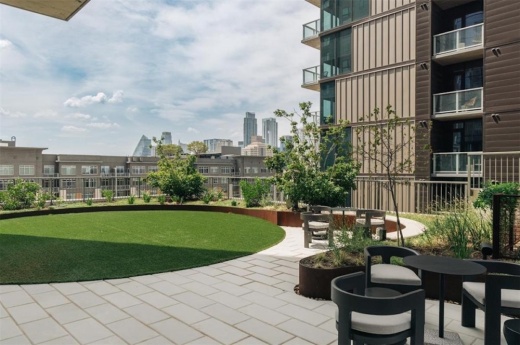This means individuals in the area who may not think of themselves as typical recipients for affordable housing, such as nurses and teachers, may qualify for assistance, while cities and nonprofits will have to consider providing housing at deeper levels of affordability to help those falling behind, experts said.
The 2023 median income for a family of four in the Austin metropolitan statistical area is $122,300, according to the U.S. Department of Housing and Urban Development. That is a 9.8% increase from 2022 and a 27.5% increase from 2019.
“One of the reasons it went up so much this year is because we’ve had a lot of high-income individuals move into the area,” said James May, Austin housing and community development officer. “At the same time, we have a lot of people being priced out.”
The city of Austin has a range of affordable housing programs, including rental options for families making 50% MFI and homeownership properties in the 60%-80% MFI range, May said.
Austin Habitat for Humanity also serves individuals in the 60%-80% MFI range, said Angel Leverett, Austin Habitat for Humanity director of marketing and communications.
Leverett said the organization, which is building affordable units in Travis and Hays counties, has almost no applications in the pipeline.
She said one issue is people often only think of very low-income workers as needing affordable housing, but the demographic the organization serves, especially with how high the Austin median income is, often are professionals in the “missing middle,” such as law enforcement.
“The biggest problem that we are facing right now is that we have the prices of homes just skyrocketing, but in terms of incomes in the area, they are not increasing as drastically,” Leverett said.
May said the increased MFI means the city needs to do more to help individuals at a deeper level of affordability, or those in lower MFI brackets.
Long term, he said one important goal for the area will be anti-displacement efforts. Ensuring individuals who are in lower income levels can stay in the area can slow the MFI growth.





